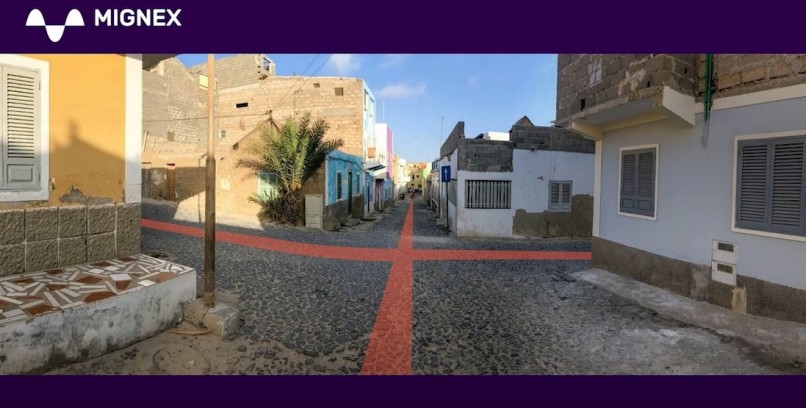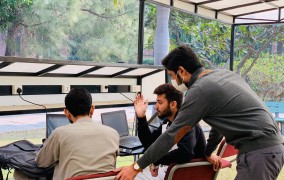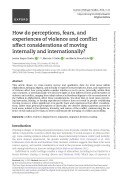News
New MIGNEX resource on random walk sampling
The MIGNEX sampling strategy used a random walk procedure to sample households. We've released a detailed video showing how to apply this approach systematically and rigorously.
Random walks are a sampling approach that is used in areas where there are no recent lists of the population to be sampled. Applying a set of principles and rules, random walks are used to systematically cover an area to select respondents as randomly as possible. We used this approach for the MIGNEX survey given that it can be easily applied across very diverse research areas.
Random walks have been criticised for resulting in samples that are not randomly sampled, but its accuracy can be improved through a thorough application of the random walk strategy. Therefore, the MIGNEX project developed detailed guidance was developed to systematise the random walk and ensure it leads to consistent sampling outcomes. This includes detailed explanations and illustrations included in MIGNEX Handbook Chapter 7, which were replicated in enumerator guides.
In addition, we developed a 30-minute training video narrated by MIGNEX project lead Jørgen Carling and MIGNEX survey lead Jessica Hagen-Zanker, which explains the random walk principles and rules in detail, showing concrete examples. This training video was translated into the local languages of enumerators and is available with captions for eight languages/ dialects. We are now releasing this training video on the MIGNEX YouTube channel.
We anticipate that this video will be useful to others interested in using a random walk for their research. It can be used to find out more about how a random walk works, to prepare for fieldwork or to train teams of enumerators to apply random walks.
The MIGNEX YouTube channel also has training videos for within-household sampling and other videos related to the qualitative data collection.




